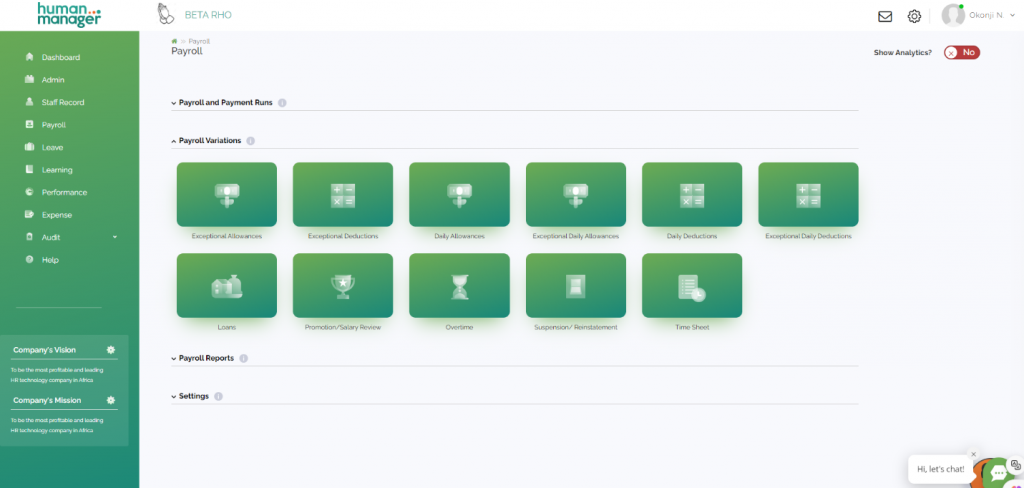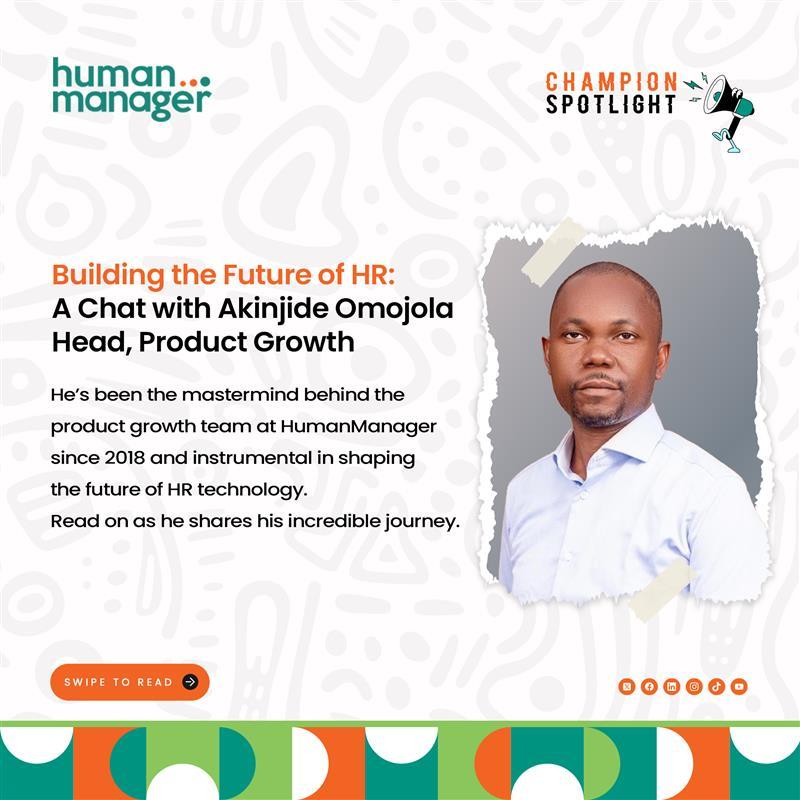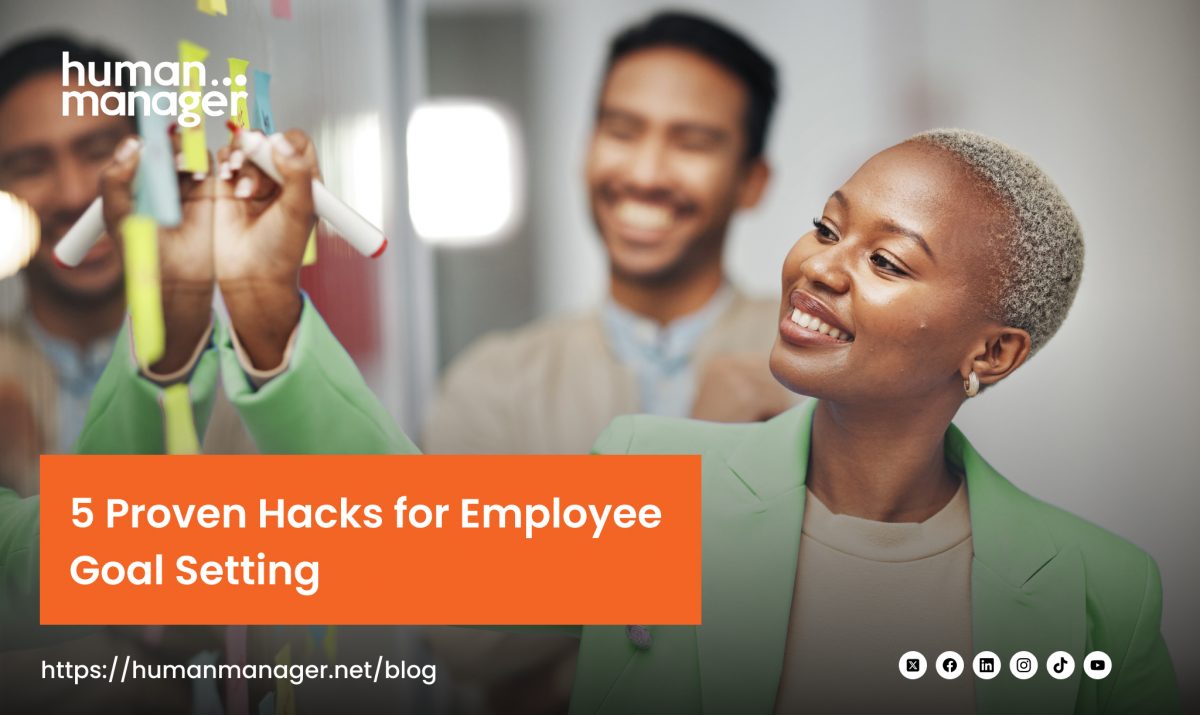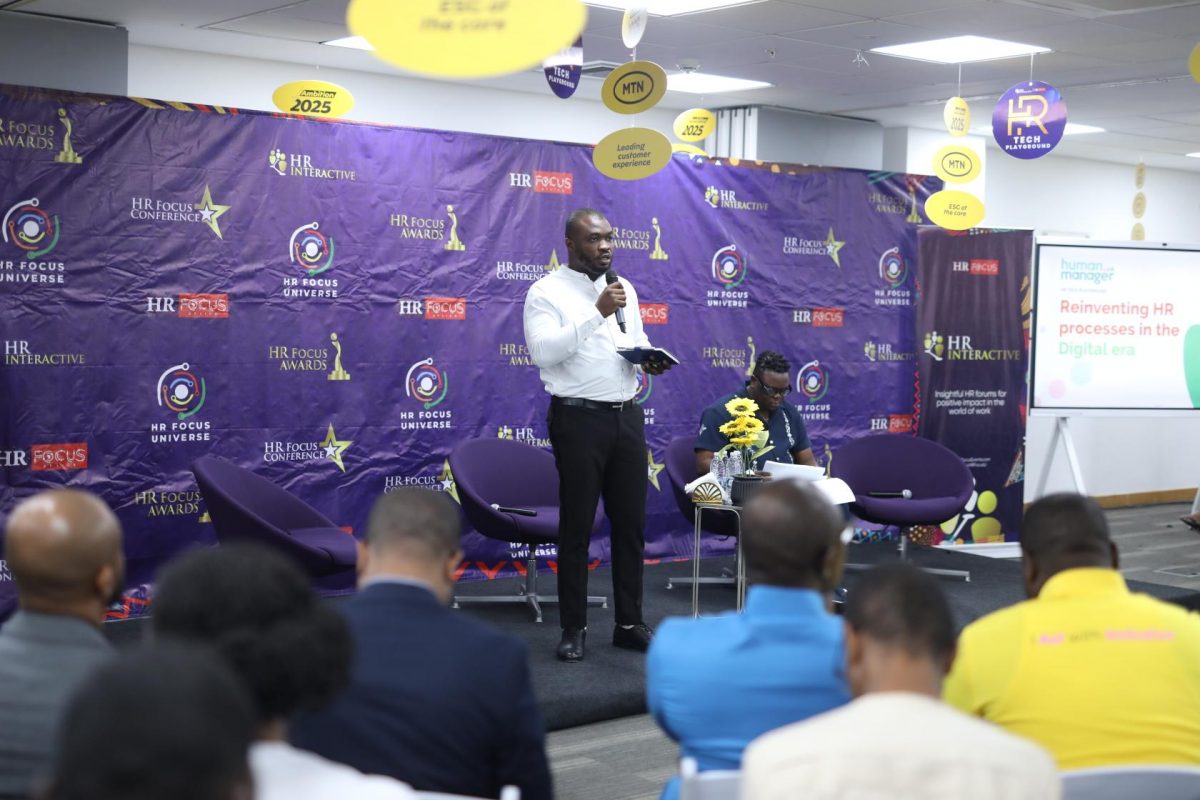By Aisosa Ajayi
In today’s globalized world, businesses often extend their reach beyond national borders, establishing global teams. Managing payroll across different countries poses unique challenges. Here are five essential strategies for Human resources, compensations, or total reward professionals to manage global payroll effectively, ensuring compliance, efficiency, and employee satisfaction.
- Navigate Local Employment Laws
Complying with local employment laws is crucial for global payroll management. Each country has unique tax system, employee rights, compensation standards, and mandatory benefits. Familiarize yourself with local payroll laws, including tax obligations, social security contributions, and labour requirements. Engage local payroll providers, tax consultants, or legal advisors to avoid legal issues and penalties.
- Choose and Integrate Payroll Solutions
Selecting the right payroll system is vital for efficiency and compliance. Use cloud-based software for multi-country payroll processing, offering automated tax calculations and custom currency conversions. Ensure integration with existing HR systems to streamline processes, reduce errors, and enhance reporting capabilities.

- Establish Clear Communication and Policies
Effective communication and transparent payroll policies are essential. Develop clear, accessible policies outlining payment schedules, benefits, and tax implications. Conduct regular check-ins with employees to address payroll-related questions and gather feedback for continuous improvement. This ensures everyone is informed and issues are promptly resolved.
- Manage Currency and Exchange Rates
Handling payments in different currencies and managing exchange rate fluctuations is critical for fair compensation. Pay employees in their local currency to avoid exchange rate issues. Regularly monitor exchange rates when local currency payments cannot maintain equitable pay standards.

- Ensure Data Security and Privacy
Protecting payroll data and complying with regulations like GDPR is paramount. Implement strong security protocols, such as encrypted data storage and secure access systems, to safeguard sensitive information. Train payroll teams on data privacy practices to ensure responsible handling of employee information and compliance with international standards.
By focusing on these strategies, Total Reward professionals can effectively manage the complexities of global payroll, ensuring compliance, efficiency, and employee satisfaction. Embrace these practices to enhance overall employee satisfaction and strengthen human resource management.
“Selecting the right payroll system is vital for efficiency and compliance”
About the Author
Aisosa Ajayi coordinates communications and experiential marketing at HumanManager, where he is responsible for curating and managing messaging, developing content, and staying attuned to industry trends in human resources management.
















